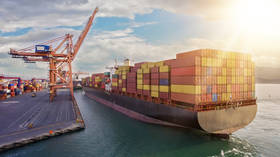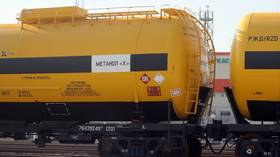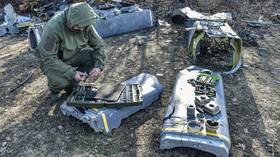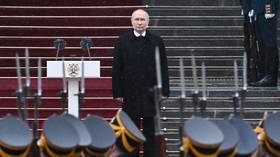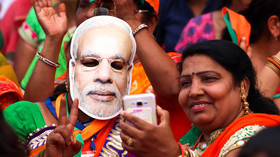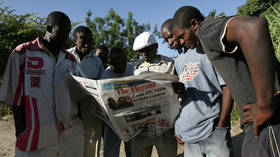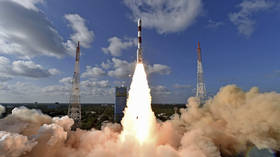Russian printing industry faces crisis – media
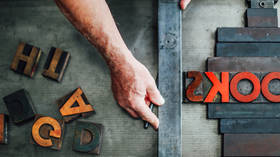
The Russian printing industry is at risk due to Western sanctions, Vedomosti newspaper reported on Tuesday, citing representatives of printing and publishing firms.
According to their estimates, roughly 90% of equipment used by Russian printing houses comes from ‘unfriendly’ countries that have placed sanctions on Russia since the start of the Ukraine conflict. The industry now faces heavy deficits, as manufacturers refuse to supply their goods to Russia.
The bulk of such equipment, ranging from printing and binding machines to spare parts for machinery, used to come to Russia from Germany, Switzerland, Italy, Canada and Japan.
According to Pavel Arseniev, head of the Pareto-print printing house, many companies terminated their contracts with Russian printers after the EU introduced a fifth package of sanctions on April 8. The measures banned imports to Russia of various devices and materials used for printing.
Oleg Novikov, head of the Exmo-AST publishing group, said that even second-hand equipment fell under these sanctions, including printing machines and hardcover insertion lines.
For certain types of equipment, spare parts are still supplied through parallel imports. But for most items, such a delivery option will not work, according to Larisa Danilova, a representative of Oktoprint Service.
“Each printing machine has its own serial number. Many of their accessories are unique and also have a corresponding serial number. This means that the manufacturer can tell from this number that the part will eventually be shipped to Russia and may prohibit delivery,” she explained.
Russia could buy equipment from India and China, industry experts say, but their production range is not as broad, and the equipment itself is sometimes less technically advanced than the equivalents from Europe.
On the other hand, Russia is gradually securing supply chains for the delivery of consumables, including inks, coatings, offset rubbers, auxiliary chemicals and other materials that fell under the fifth package of EU sanctions. Russia is now buying these items from producers in China, India, Turkey, Iran and South Korea. However, prices on these products have jumped by 35-40% since the sanctions became effective in April, due to problems with raw materials supply and rising logistical costs.
Some industry representatives suggest that the problem of equipment supplies could be solved by disassembling old machines and using second-hand spare parts. The report notes that many small and medium-sized printers in Russia are closing, which makes used equipment available. Others say Russia should launch joint printing enterprises with India and China in the next four to six months, with government support.
Nevertheless, the situation may get worse before it gets better, according to Boris Kuznetsov, head of the Rosmen publishing house, who warned that due to current supply shortages the price of books in Russia may jump 20%.
For more stories on economy & finance visit RT's business section
